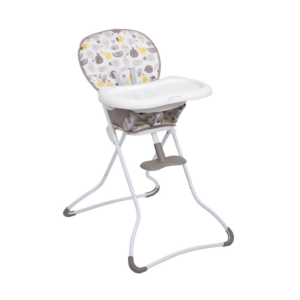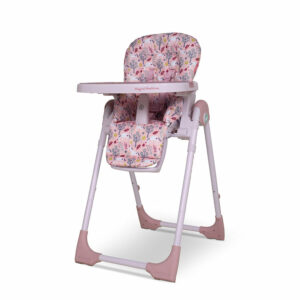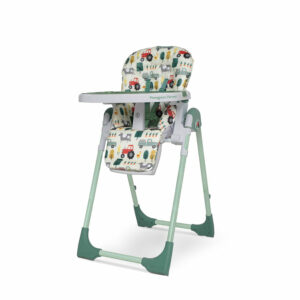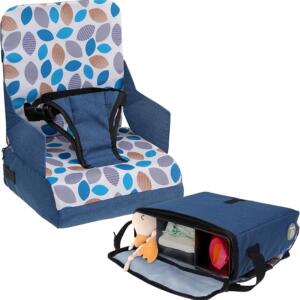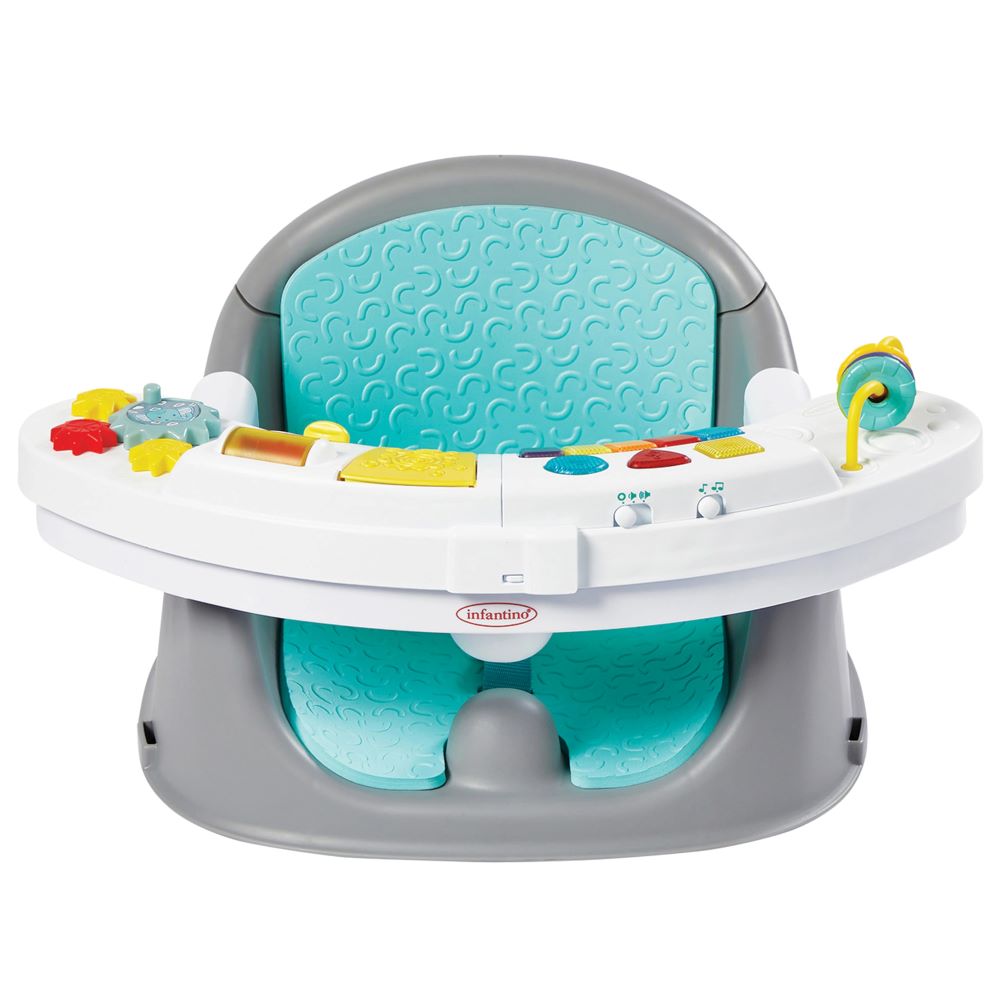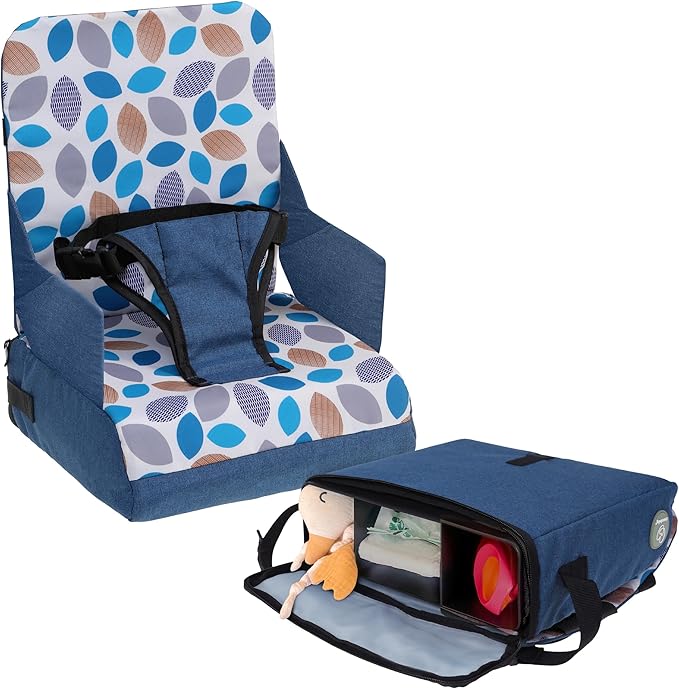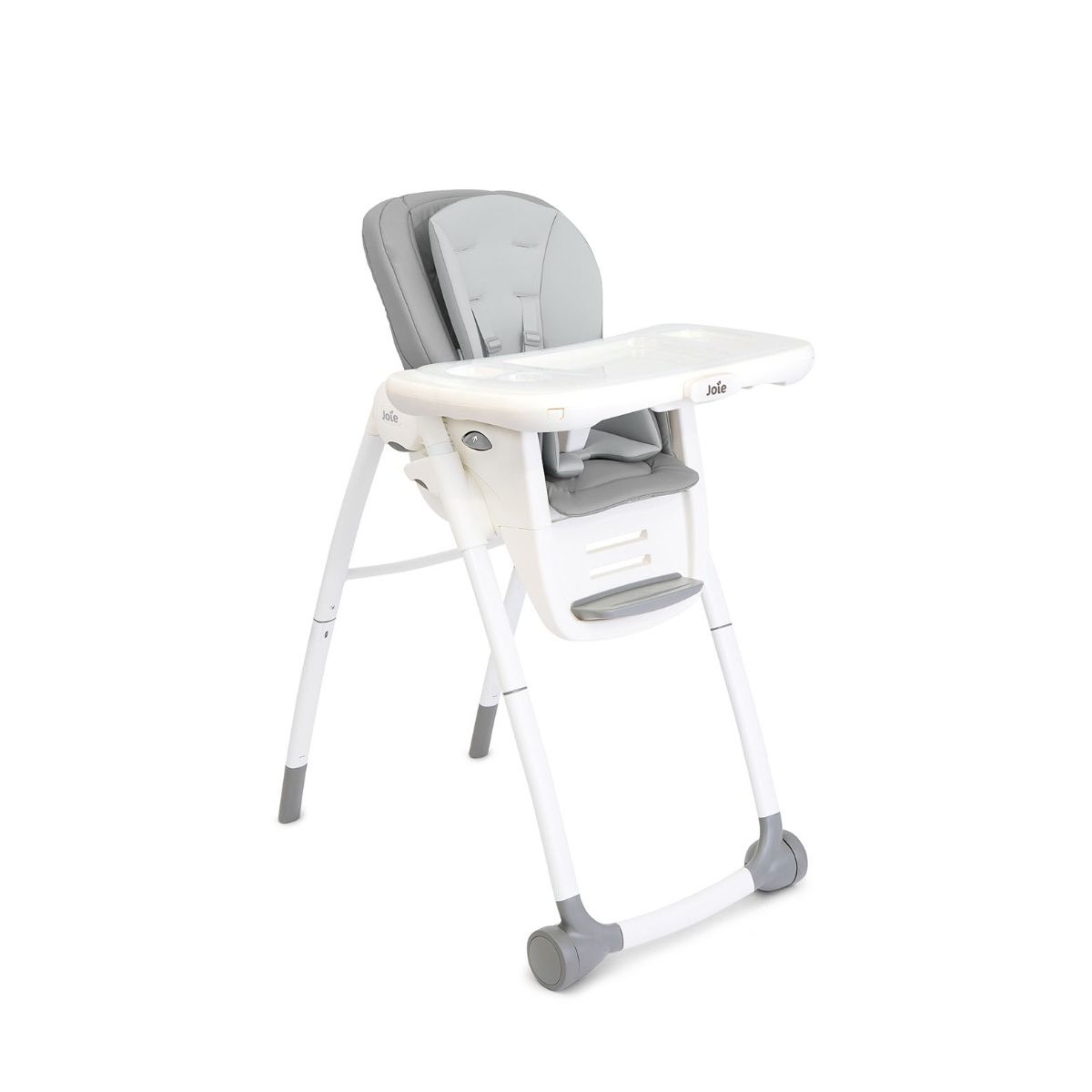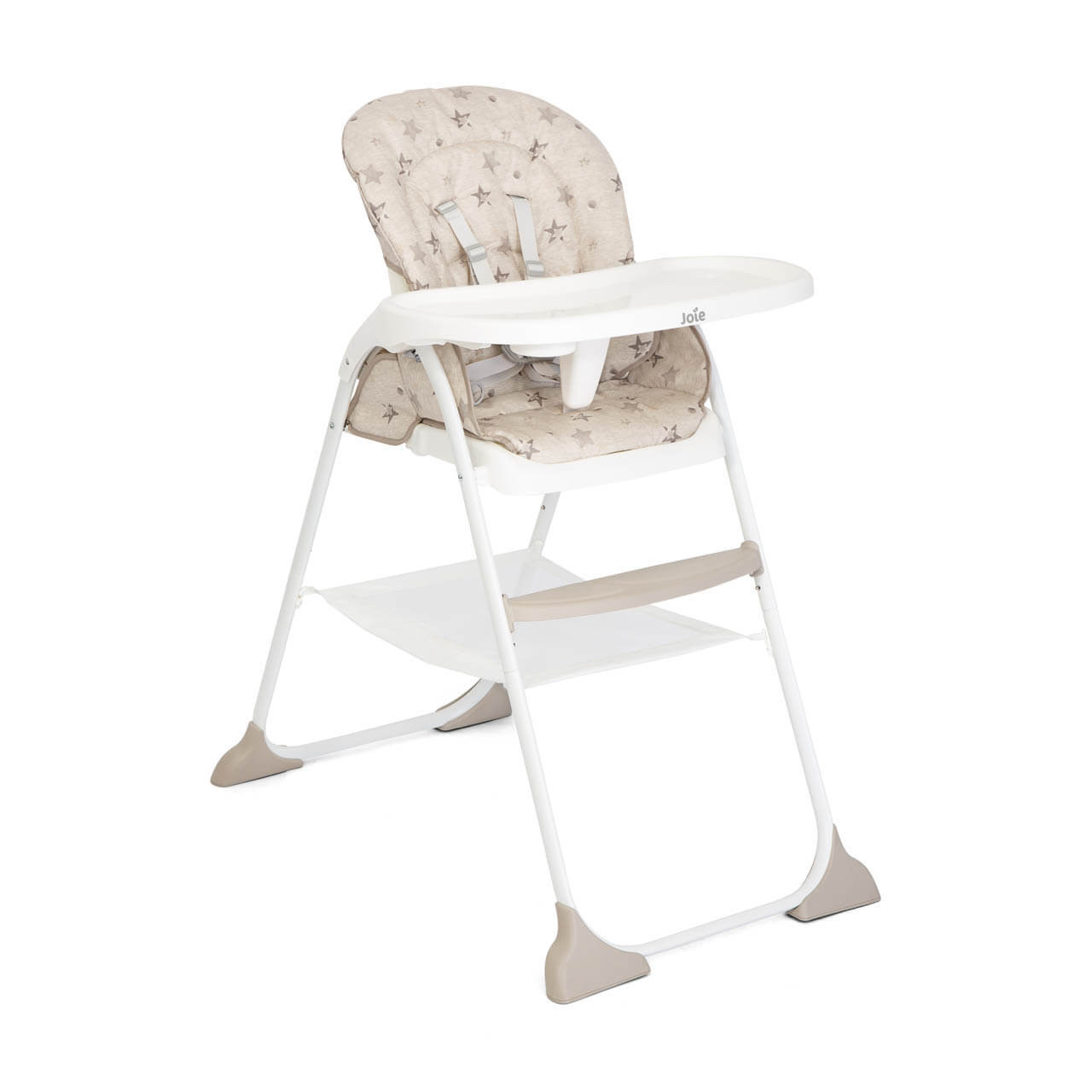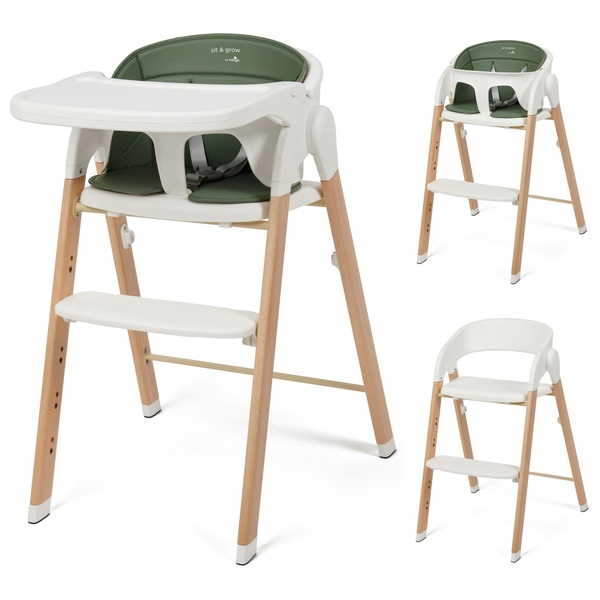Frequently asked questions
When can my baby start using a highchair? What are the signs they're ready?
Generally, babies are ready for a highchair – and solid foods – around 6 months of age. However, the key is developmental readiness, not just age. Look for these signs:
- Good head control: They can hold their head steady without support.
- Can sit up unassisted: They can sit upright for a few minutes without slumping.
- Loss of the tongue-thrust reflex: This reflex pushes food out of their mouth.
- Shows interest in food: They watch you eat and may even reach for your plate.
Using a highchair before these milestones can be unsafe and uncomfortable for your baby.
What types of highchairs are available, and how do I choose the right one for my family?
- Traditional Freestanding Highchairs: Classic, sturdy, often with adjustable height and recline. Great for dedicated meal spaces.
- Pros: Robust, comfortable, often have wheels.
- Cons: Can be bulky, take up floor space.
- Convertible Highchairs: These grow with your child, transforming from a highchair to a booster seat, toddler chair, or even a mini table and chair set.
- Pros: Excellent longevity, good value over time.
- Cons: Can be pricier upfront, conversion might require tools.
- Booster Seats/Space-Saver Highchairs: Attach directly to a regular dining chair.
- Pros: Space-saving, portable, often more affordable.
- Cons: Relies on your existing dining chair for stability, less height adjustment.
- Travel Highchairs/Clip-on Seats: Lightweight, compact seats that clamp onto most tables.
- Pros: Perfect for travel, restaurant dining, or small spaces.
- Cons: Not suitable for all table types, typically used for older babies with good core strength.
Choosing the right one often comes down to:
- Space availability: Do you have room for a freestanding unit, or do you need a space-saver?
- Budget: Basic models are affordable, while feature-rich convertibles can be an investment.
- Lifestyle: Do you travel frequently or eat out often?
- Longevity: Do you want a chair that grows with your child for years?
What are the most important safety features to look for in a highchair?
Safety is paramount! Always prioritize these features:
- 5-Point Harness: Essential for keeping your baby securely strapped in, preventing them from climbing out or standing up. A 3-point harness (lap only) is insufficient.
- Sturdy Base and Wide Stance: Ensures the highchair won’t tip over easily, even if your baby wiggles or pushes on the tray.
- Locking Wheels (if applicable): Prevent the chair from rolling away unexpectedly. Always engage the locks when the baby is in the chair.
- No Pinch Points or Sharp Edges: Check for gaps where little fingers or toes could get caught.
- Safety Standards Certification: Look for certifications like JPMA (Juvenile Products Manufacturers Association) in the US, or relevant national/international safety standards.
- Removable Tray with a Secure Latch: The tray should attach firmly and be difficult for a child to dislodge.
What convenience features should I consider that make life easier for parents?
- Easy-to-Clean Materials: Wipeable surfaces (vinyl, plastic) and machine-washable fabric covers are a godsend. Look for minimal crevices where food can get trapped.
- Removable, Dishwasher-Safe Tray: Making post-meal cleanup a breeze.
- Adjustable Height: Allows the highchair to fit various table heights or be lowered for floor play.
- Adjustable Recline: Useful for younger babies just starting solids, though they should be mostly upright for actual feeding.
- Adjustable Footrest: Provides proper ergonomic support for your child’s legs and feet, preventing dangling and promoting better posture.
- Foldability: Great for small spaces or if you need to store it away between meals.
- Built-in Storage Basket: Handy for bibs, wipes, or small toys.
How do I properly strap my baby into the highchair?
It’s super important to do this correctly every single time:
- Place your baby in the seat first.
- Fasten the crotch strap (the one between their legs) and the waist straps first. Ensure they are snug but not too tight – you should be able to fit two fingers underneath.
- Fasten the shoulder straps. Adjust them so they are snug over your baby’s shoulders.
- Connect all straps to the central buckle. Give a gentle tug on the straps to ensure they are secure and not twisted.
- Always use all five points of the harness. Never rely just on the tray to keep your baby in.
- Never leave your child unattended in a highchair, even for a moment.
How long will my child use a highchair? When should we transition them out?
Most children use a highchair until they are around 2.5 to 3.5 years old, or when they meet these milestones:
- Can sit comfortably and safely in a booster seat or regular chair.
- Can climb in and out of the highchair unsafely.
- Their legs are getting too long for the highchair’s footrest or tray.
- They consistently resist getting into the highchair.
When it’s time to transition, a booster seat is often the next step, allowing them to sit at the family table at the appropriate height. Some convertible highchairs transition into toddler seats that can be used for years.


